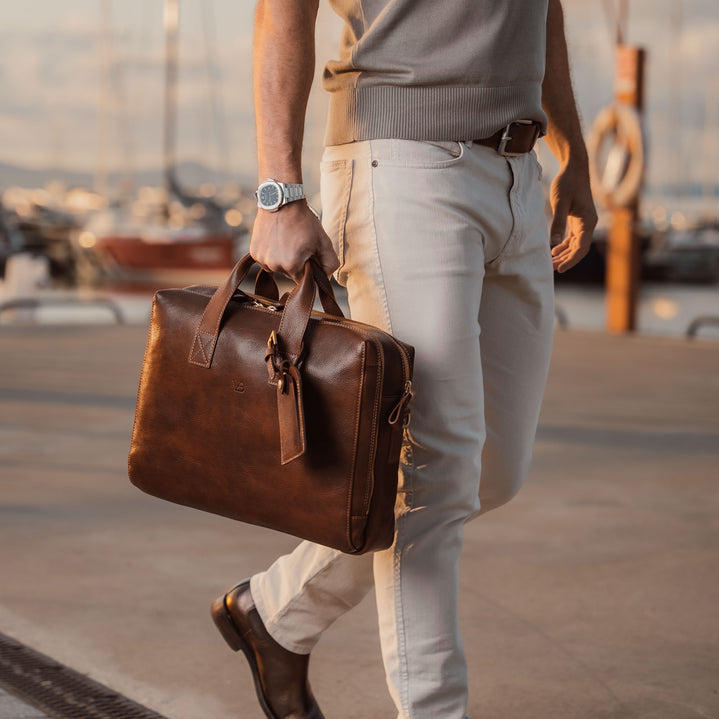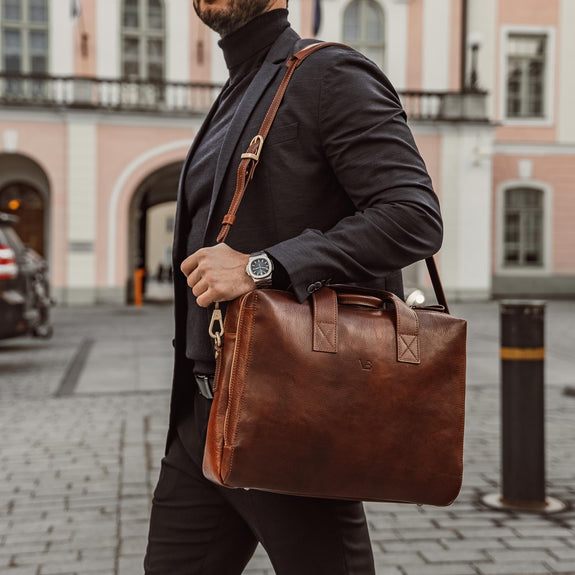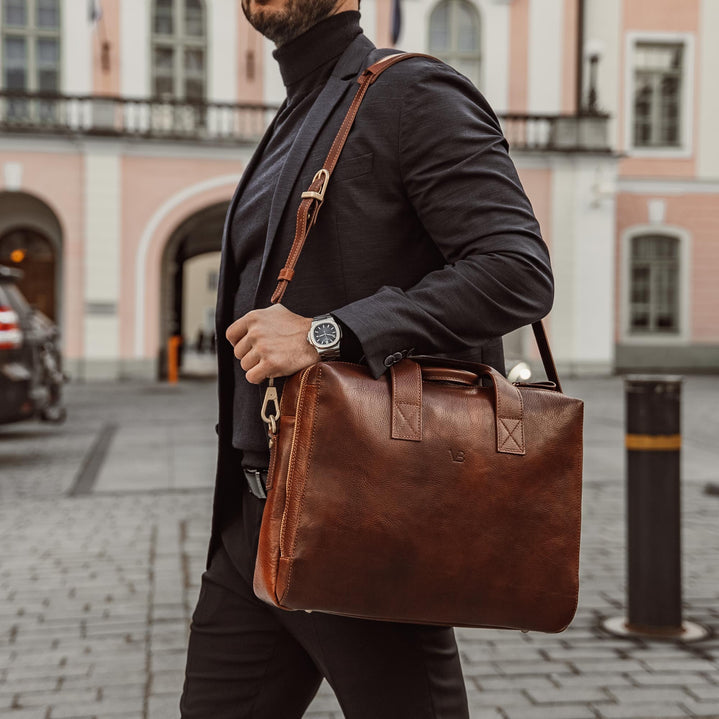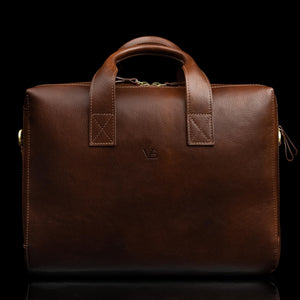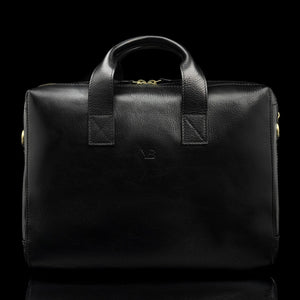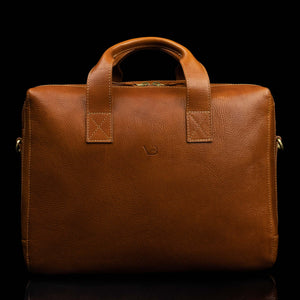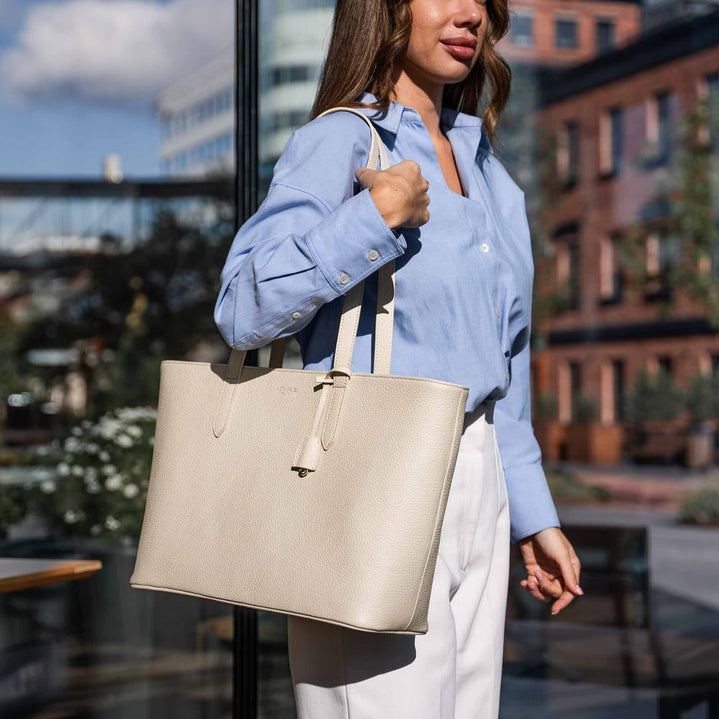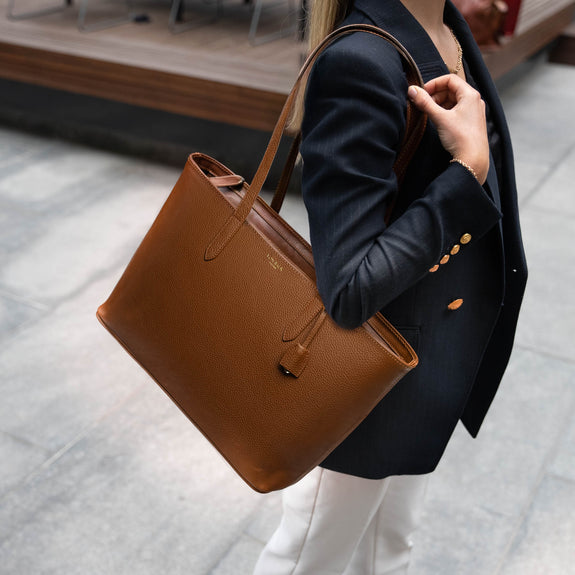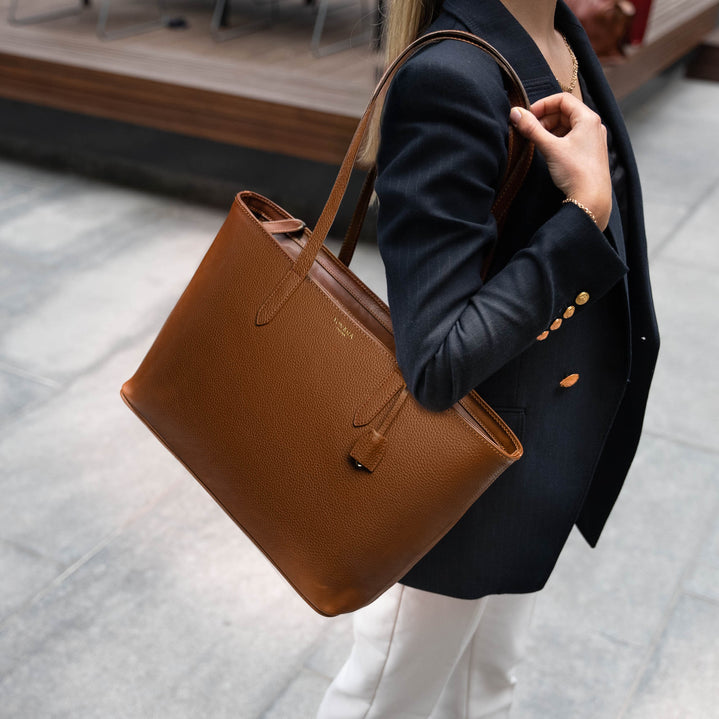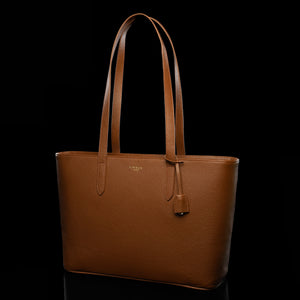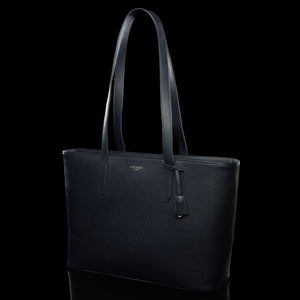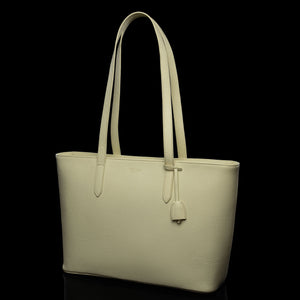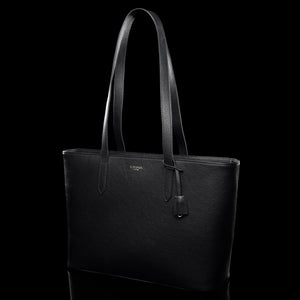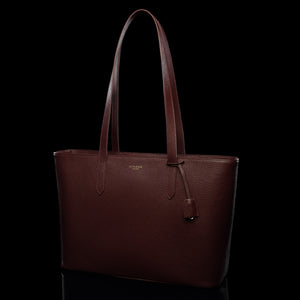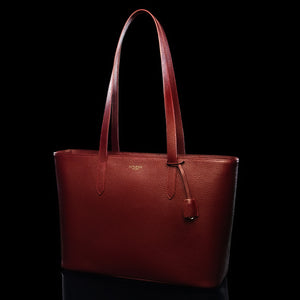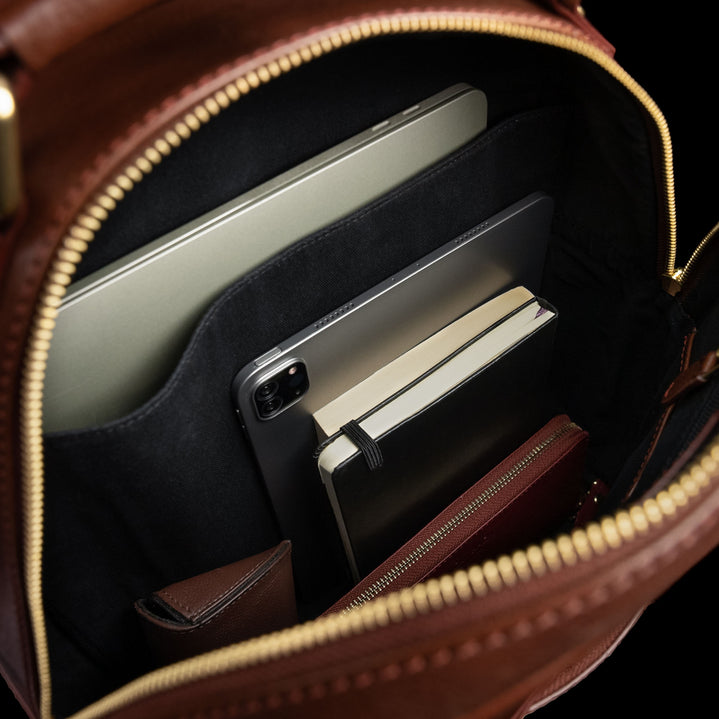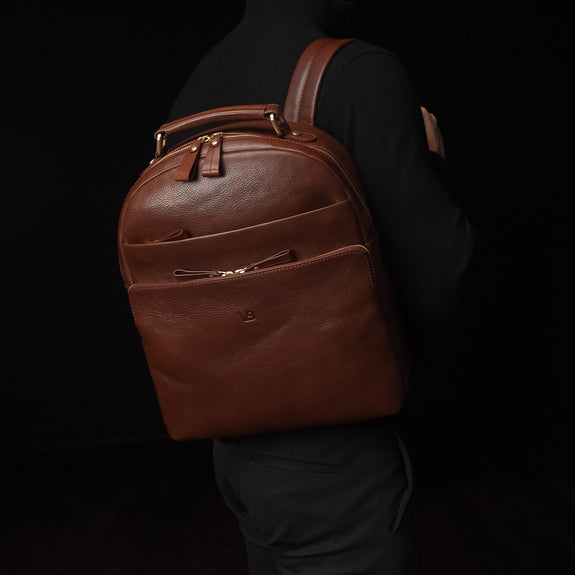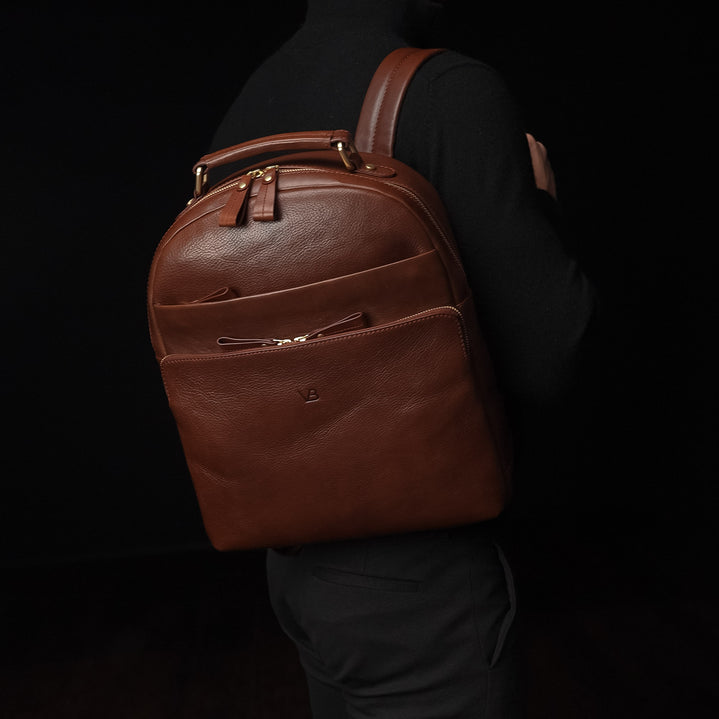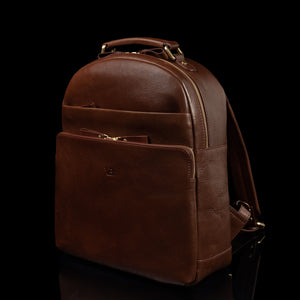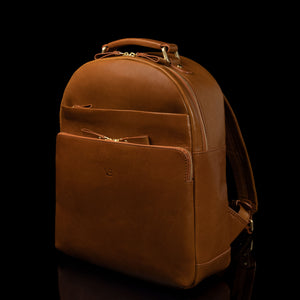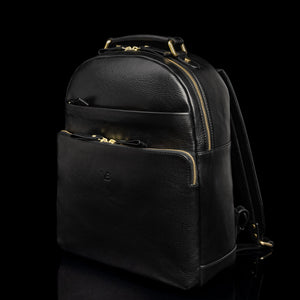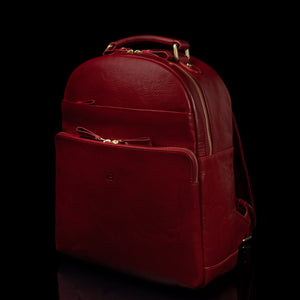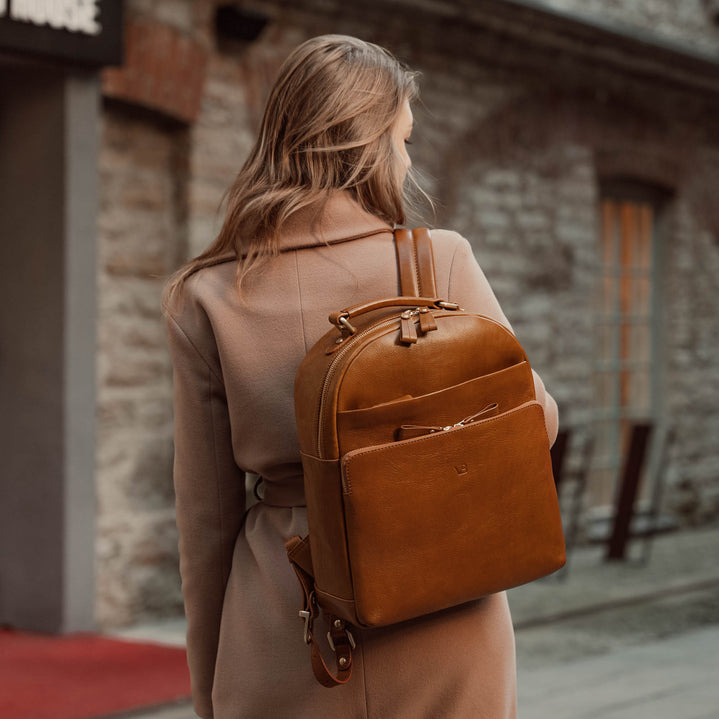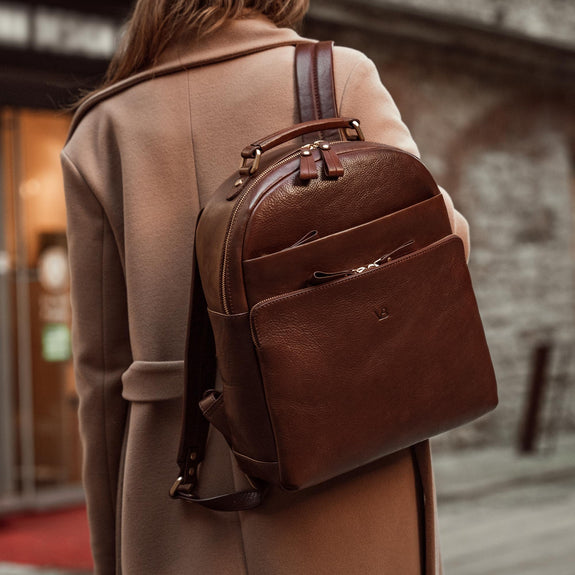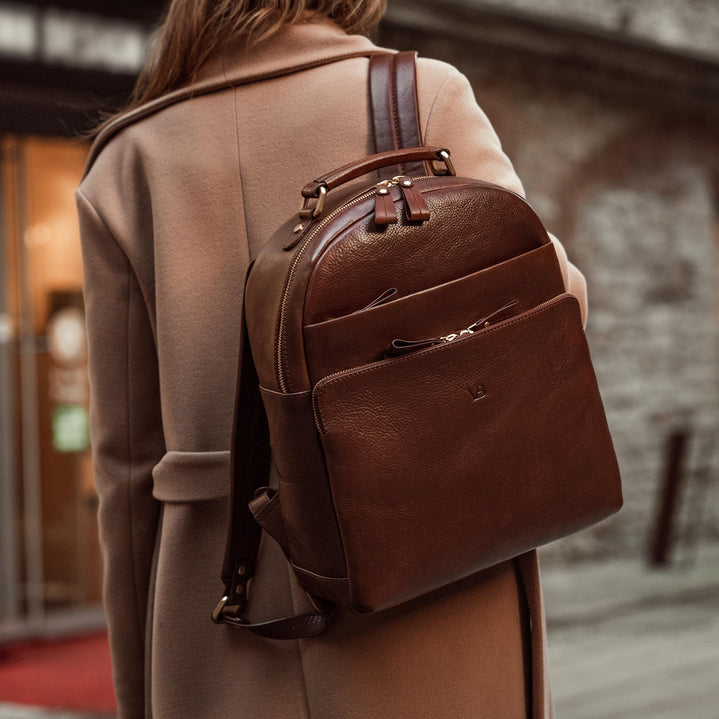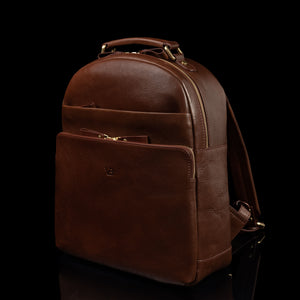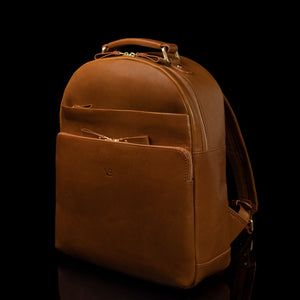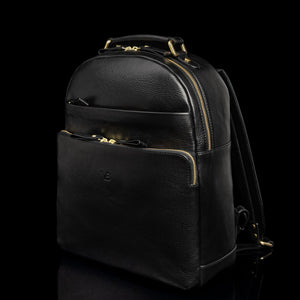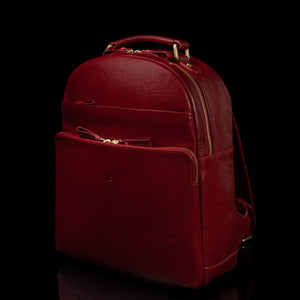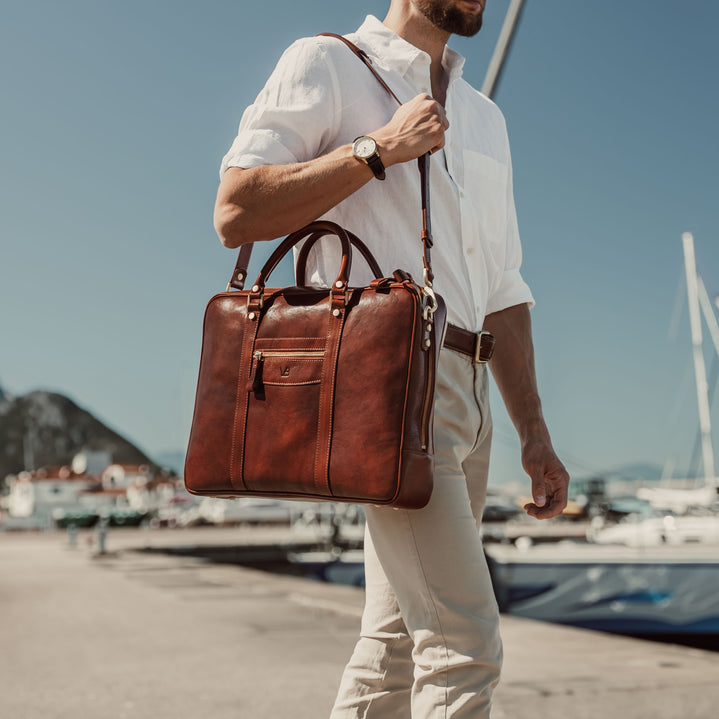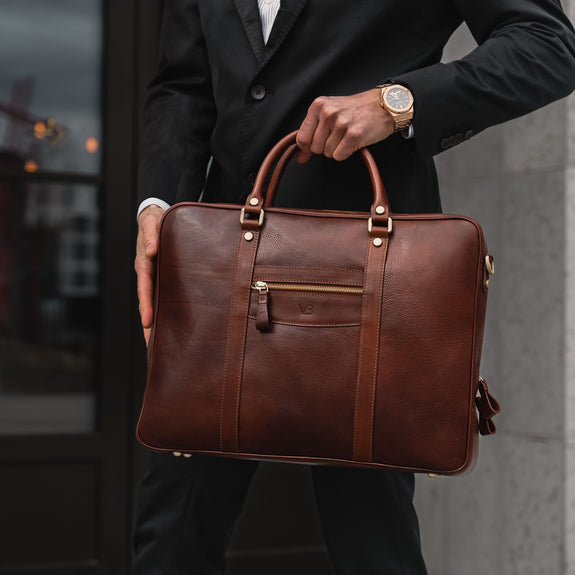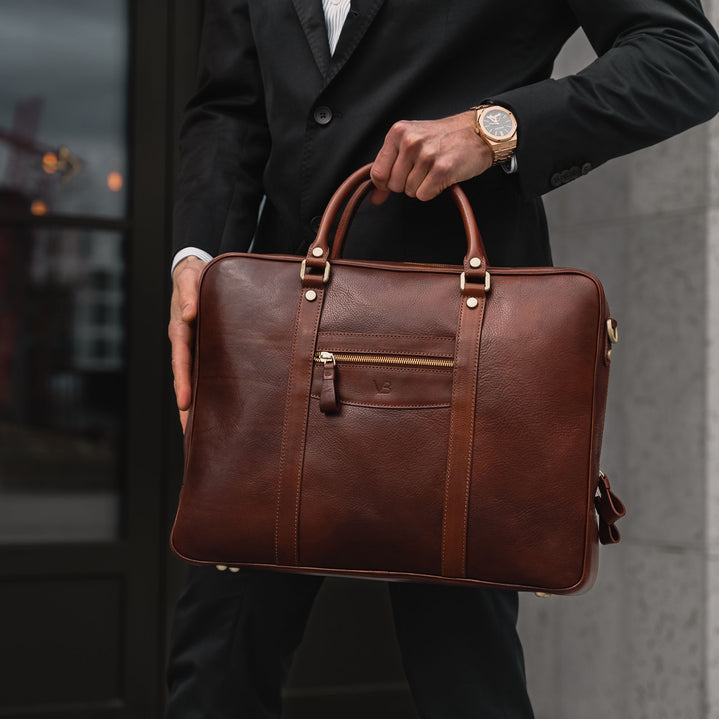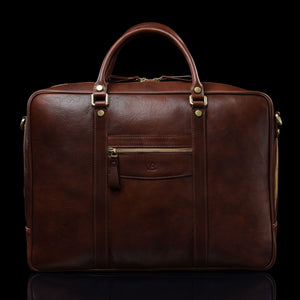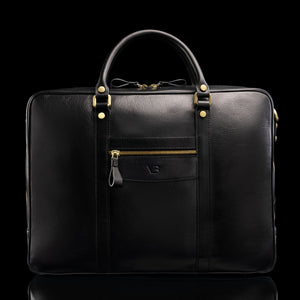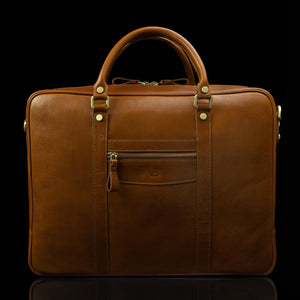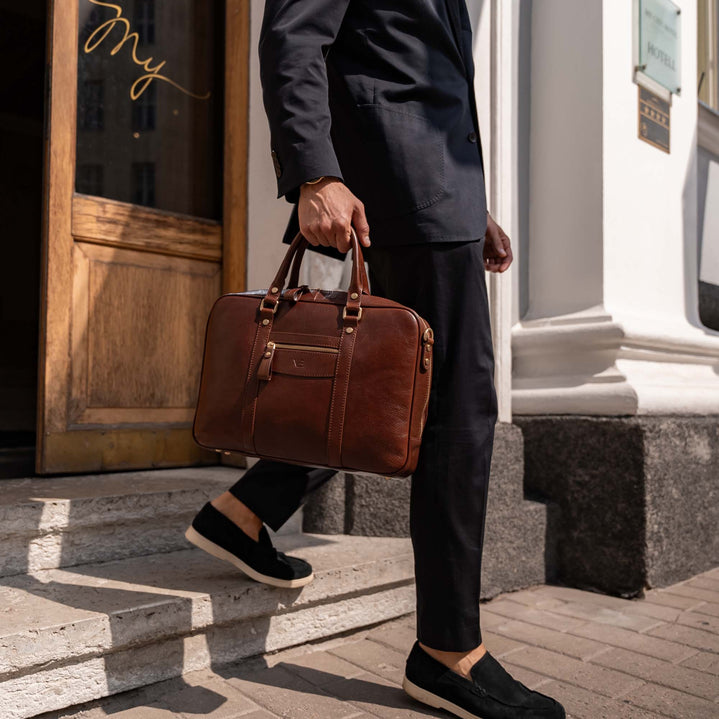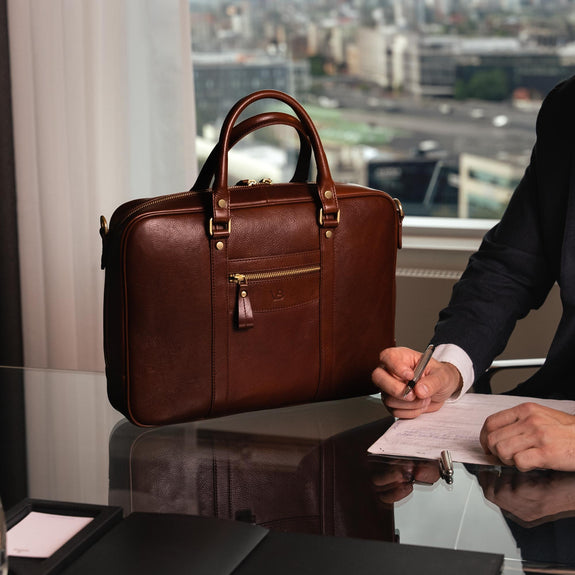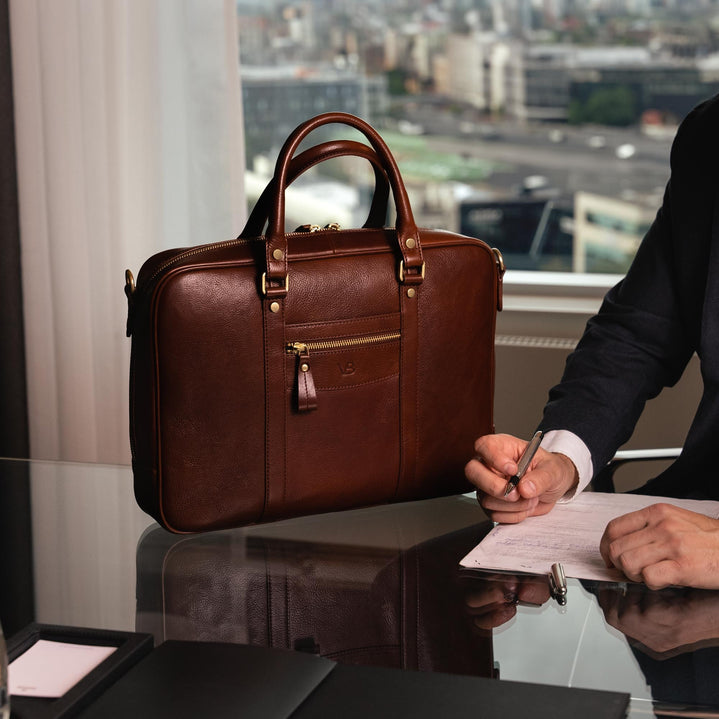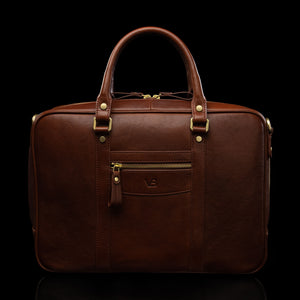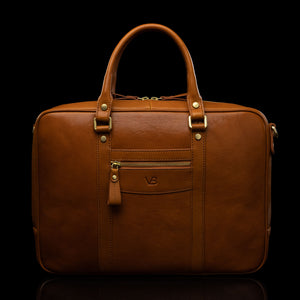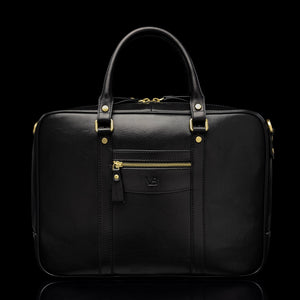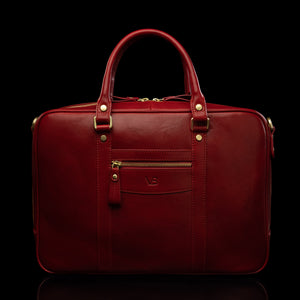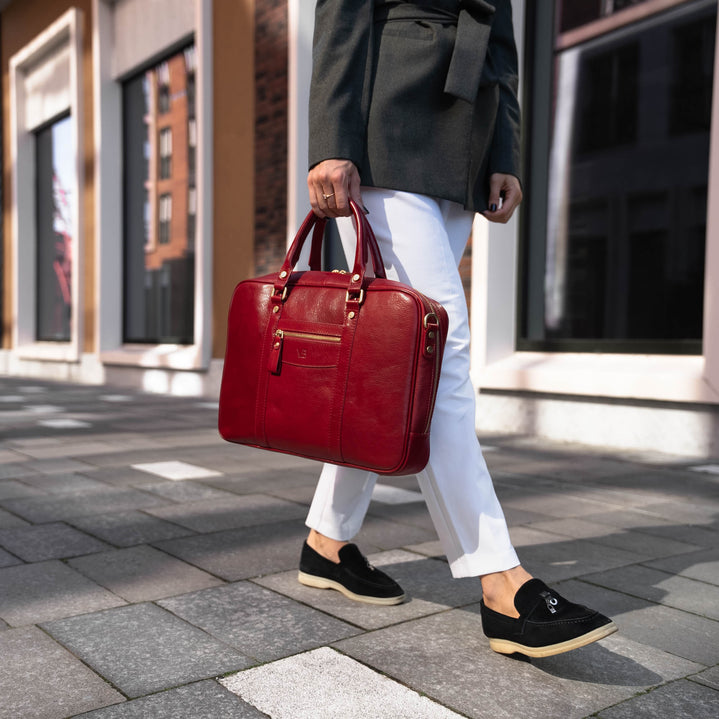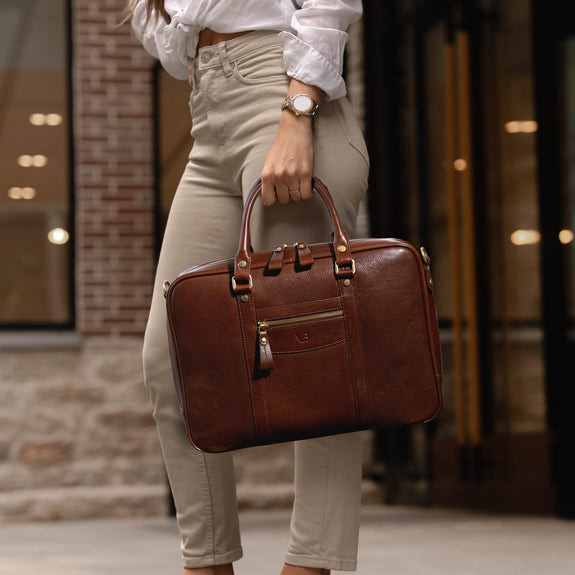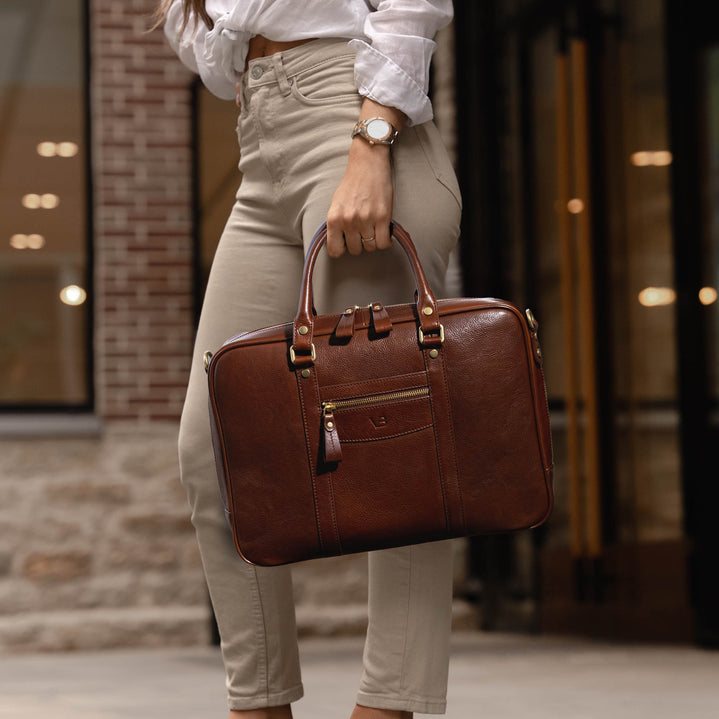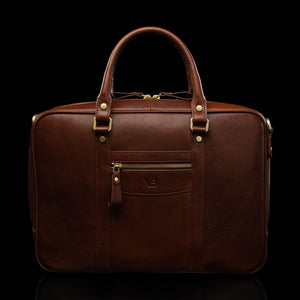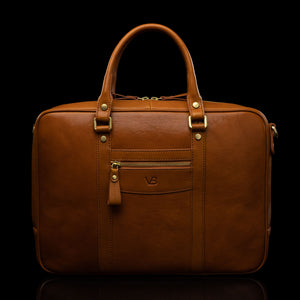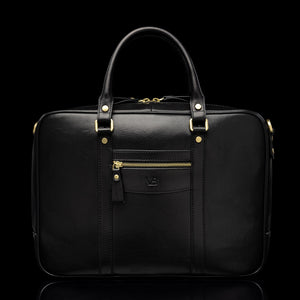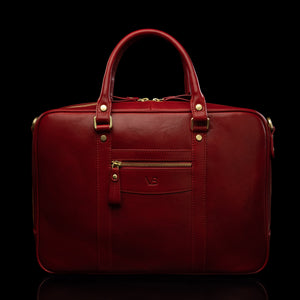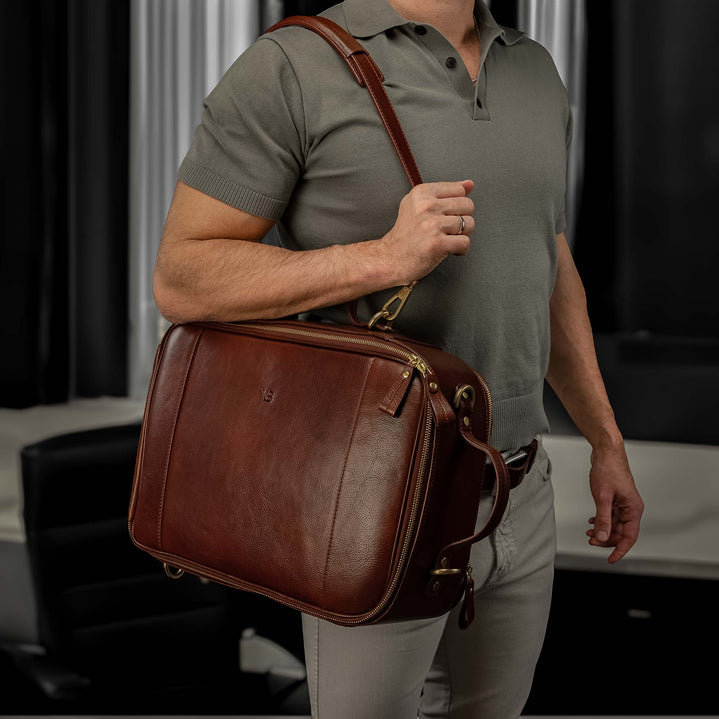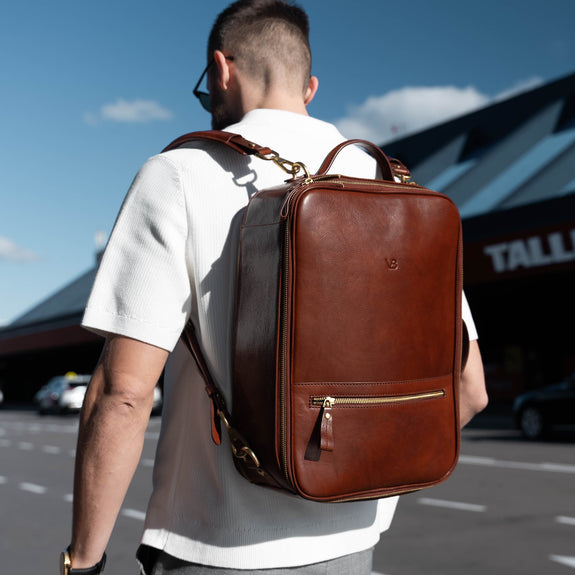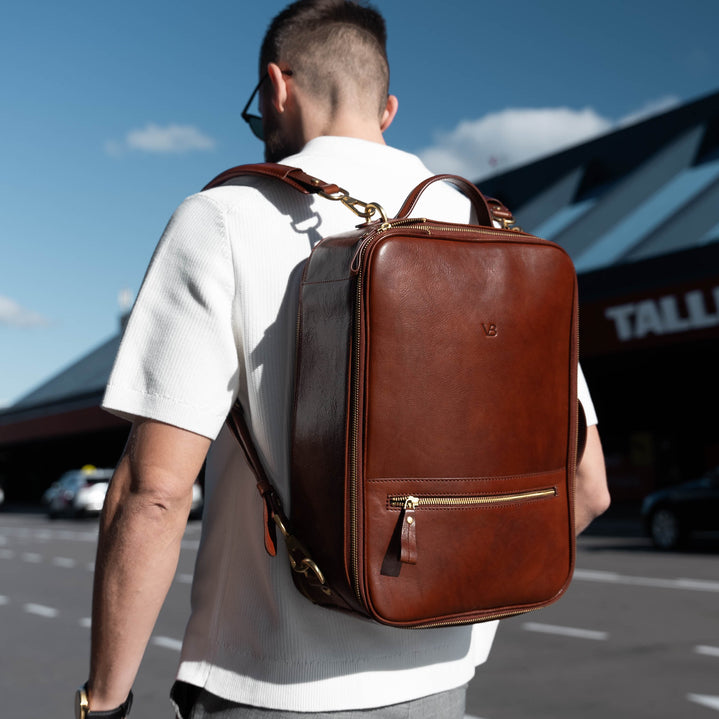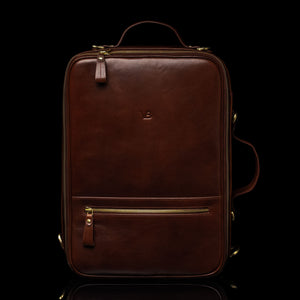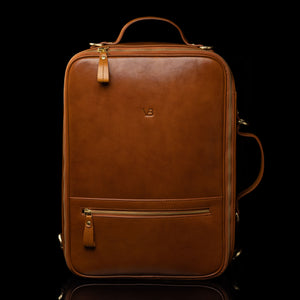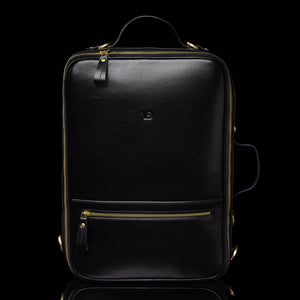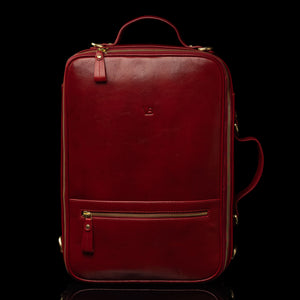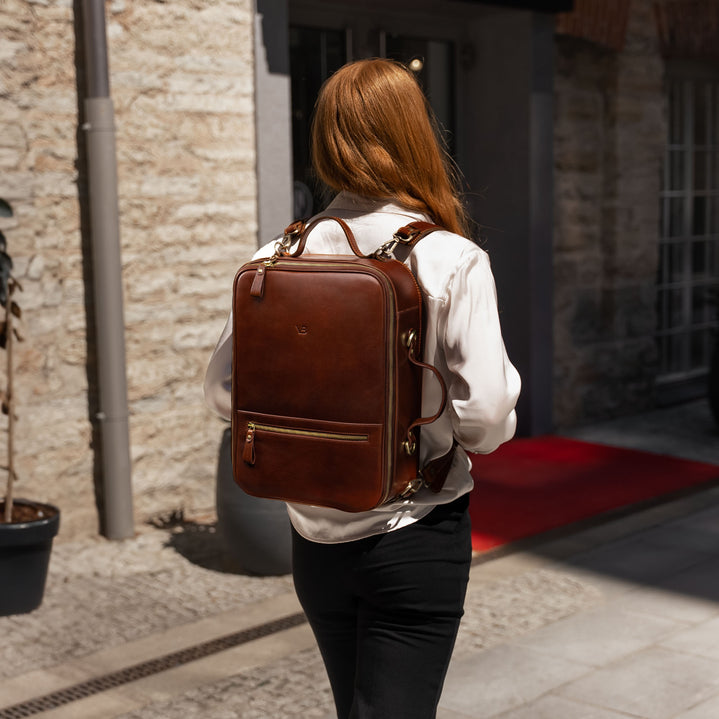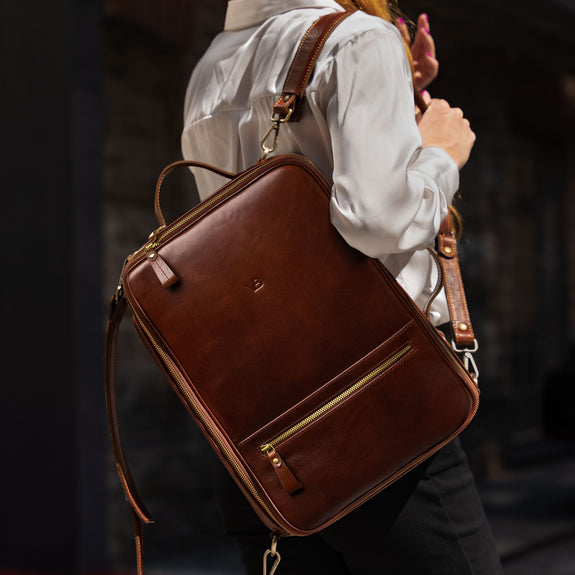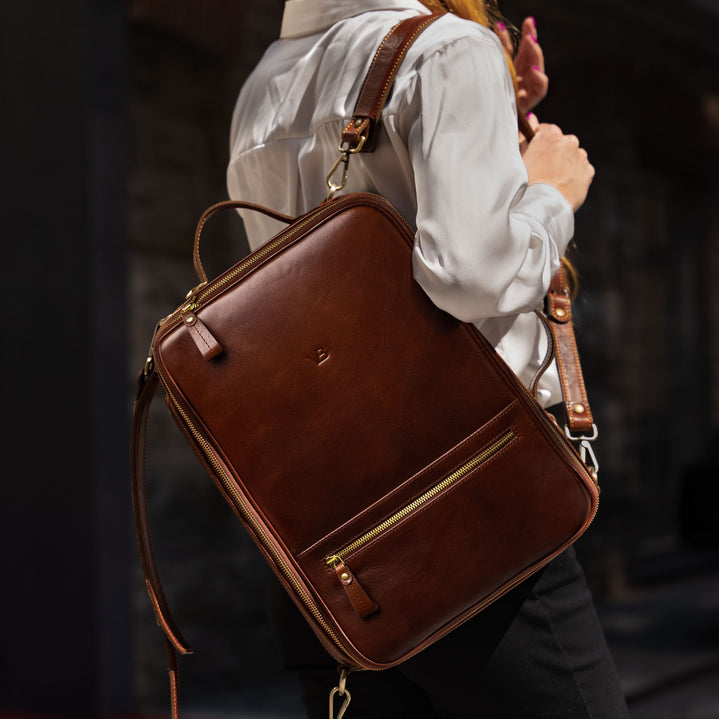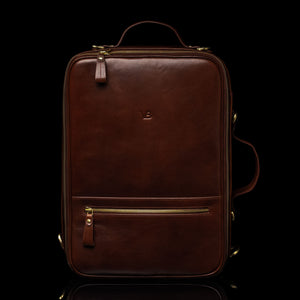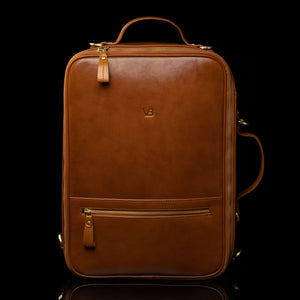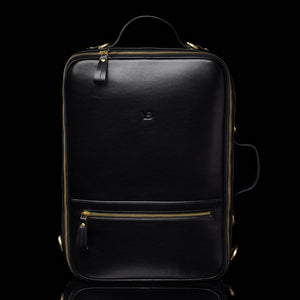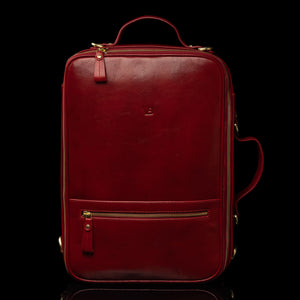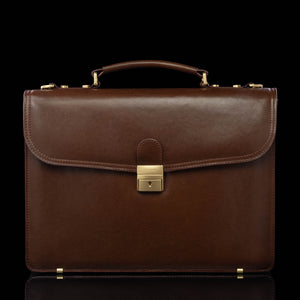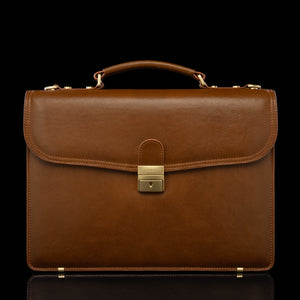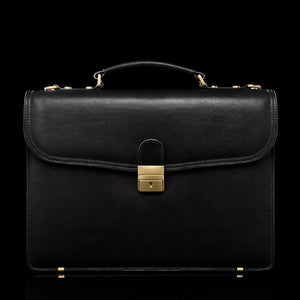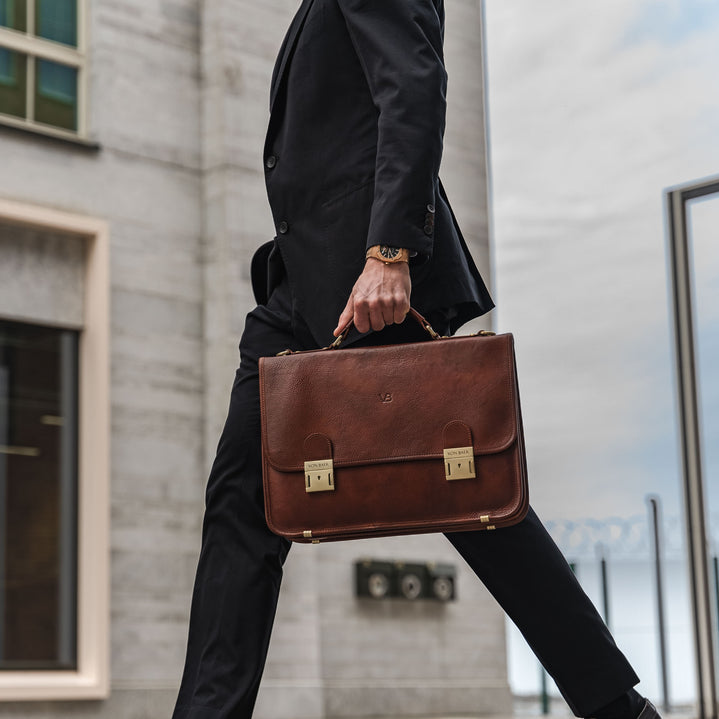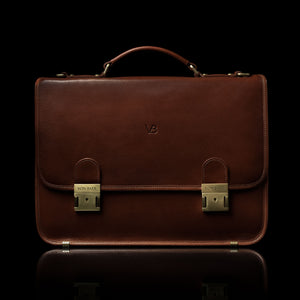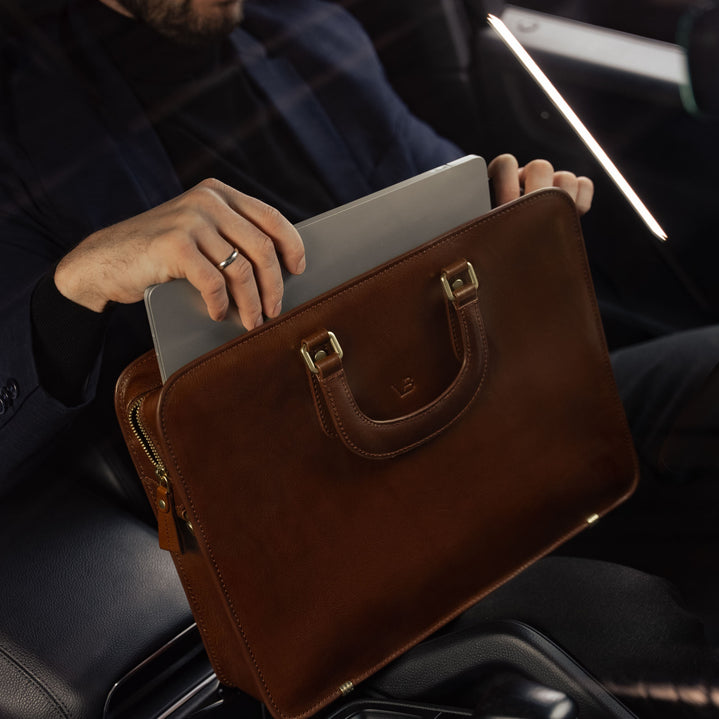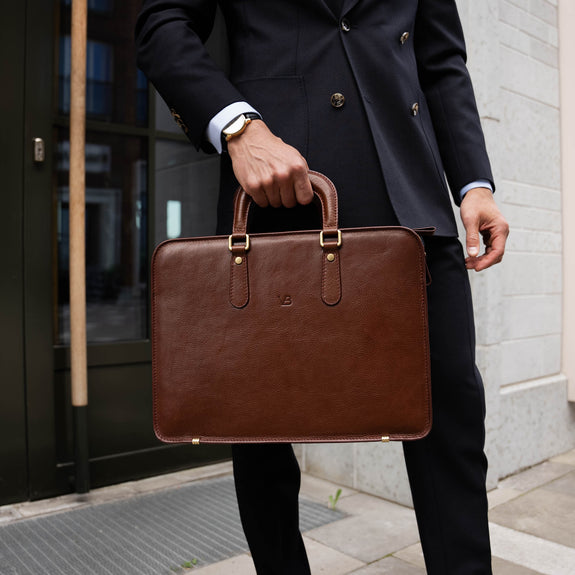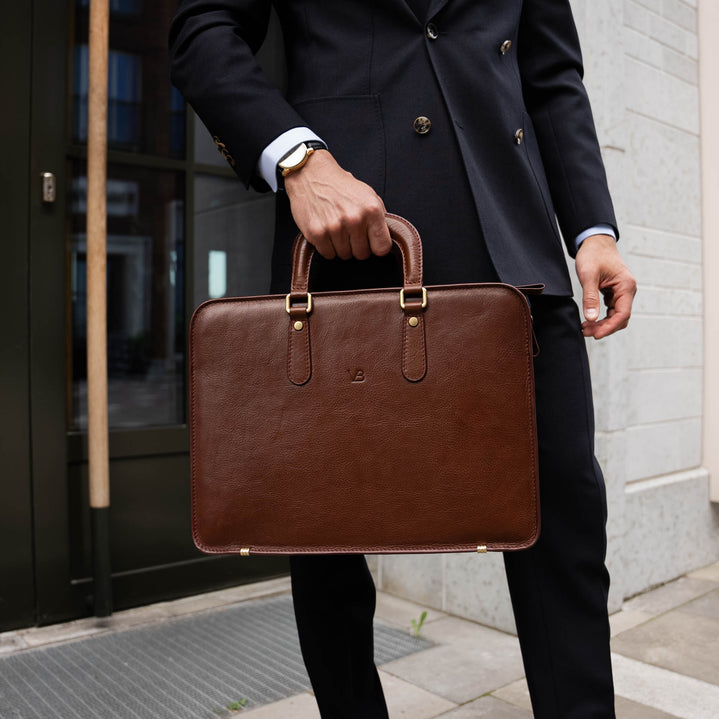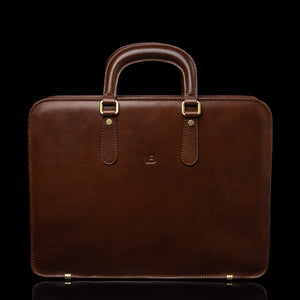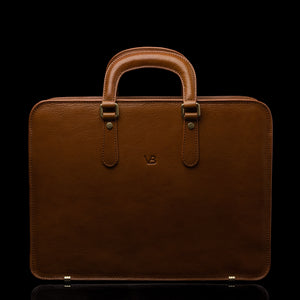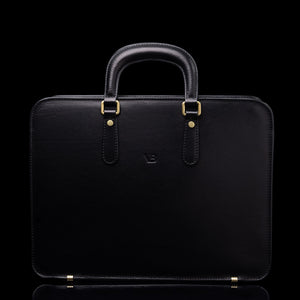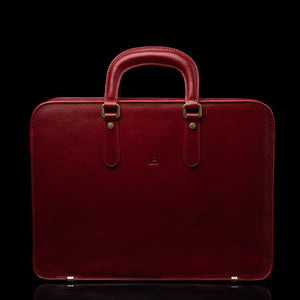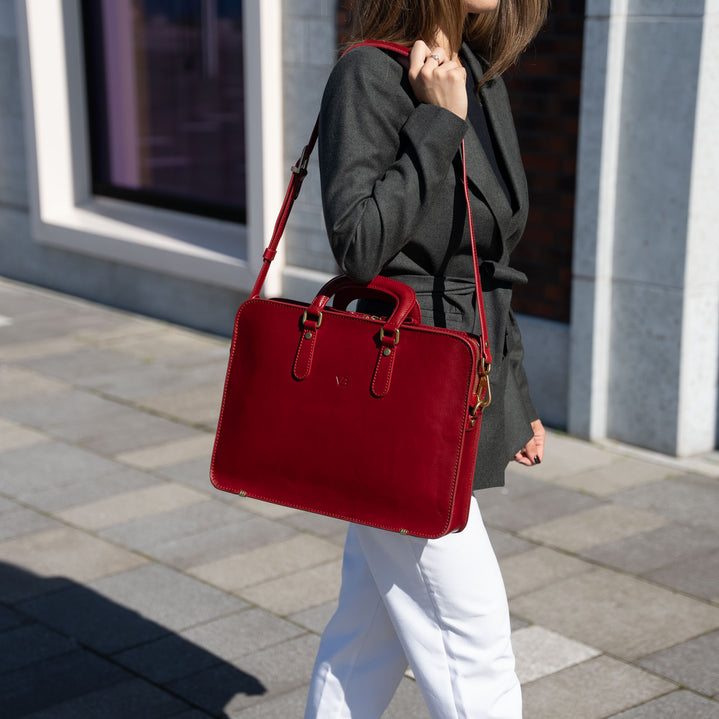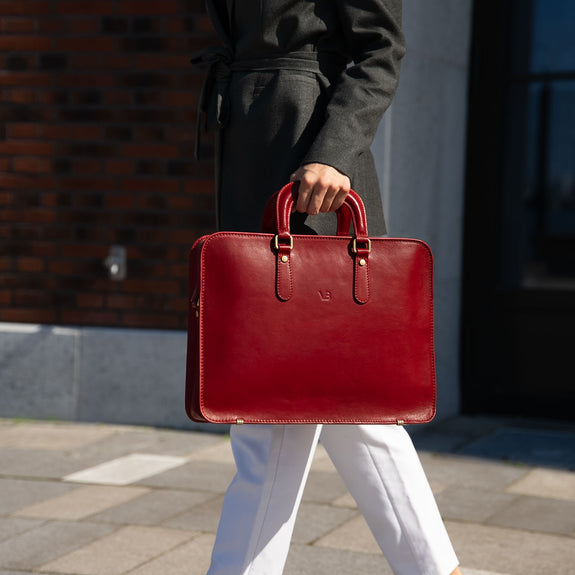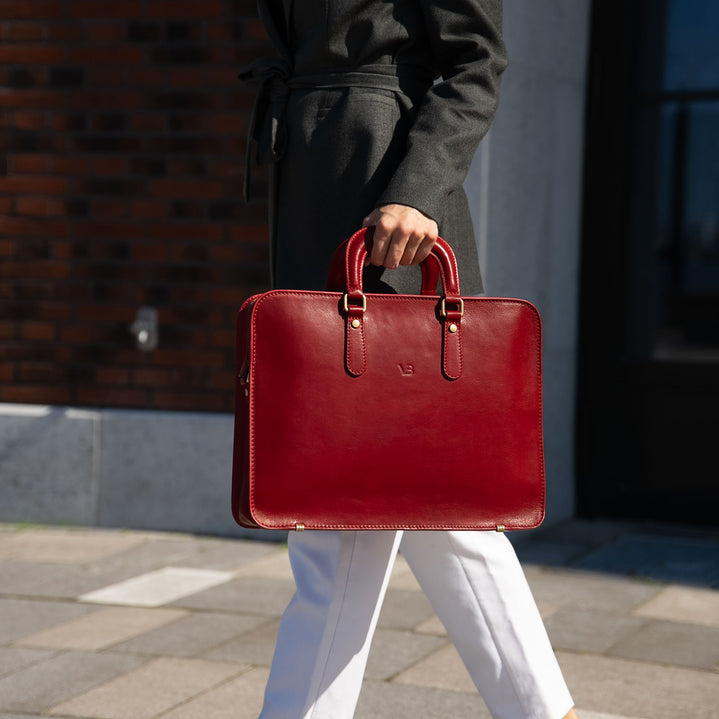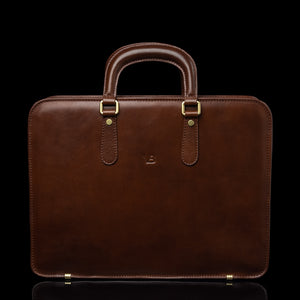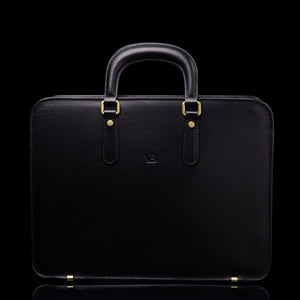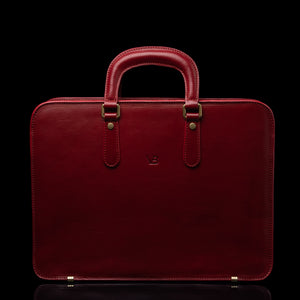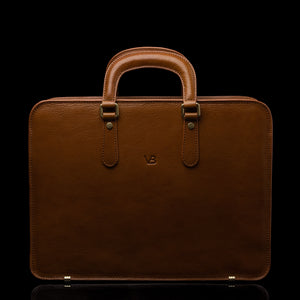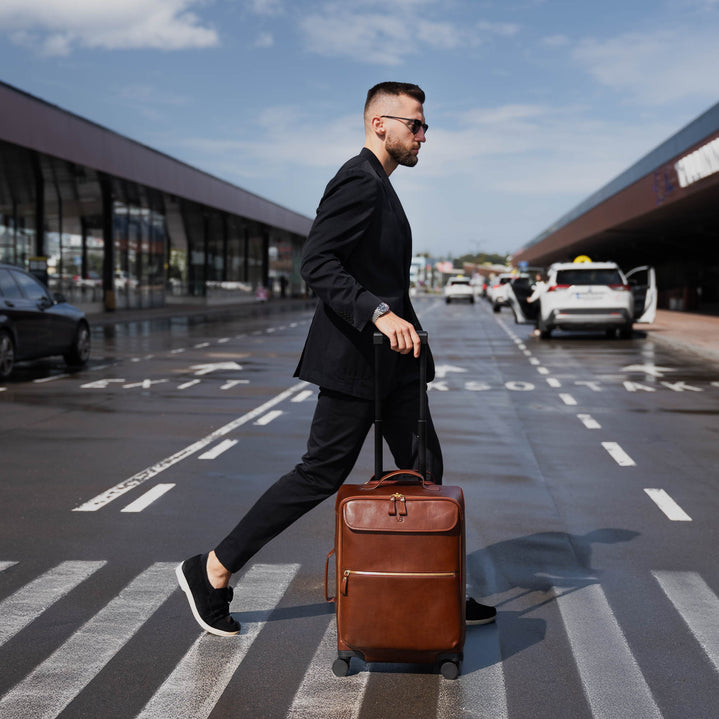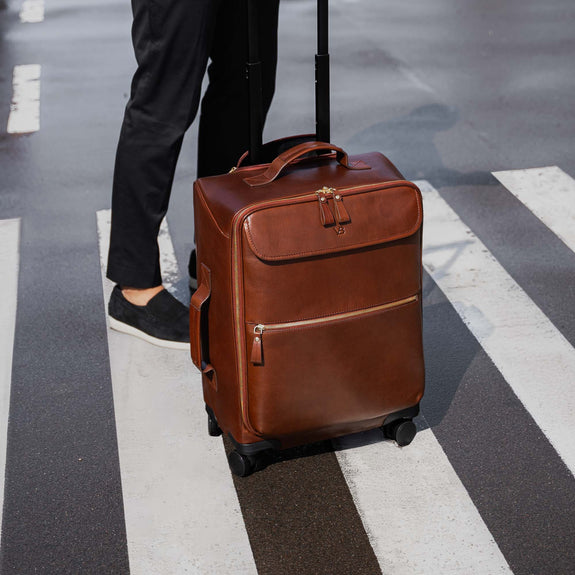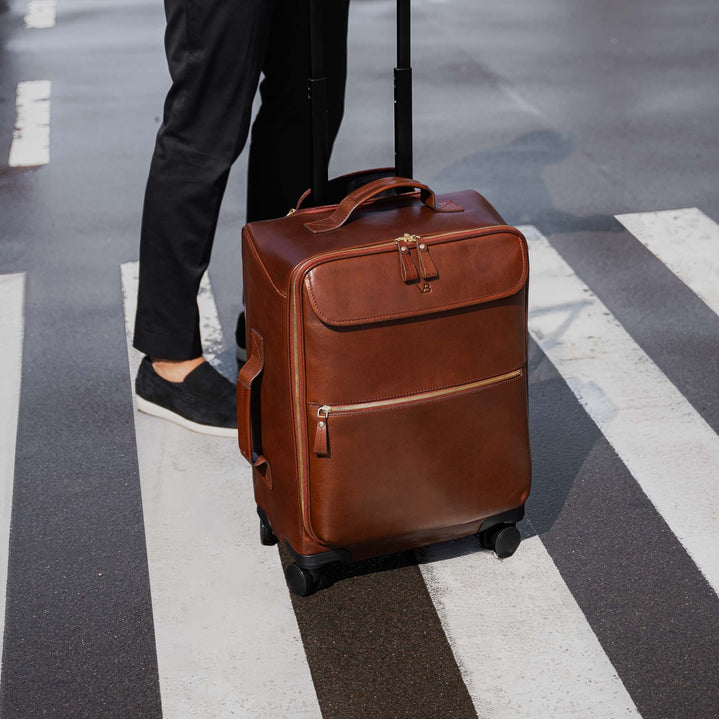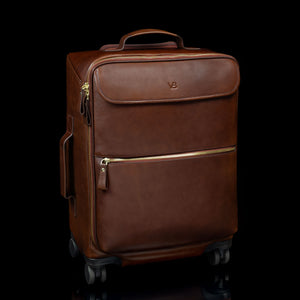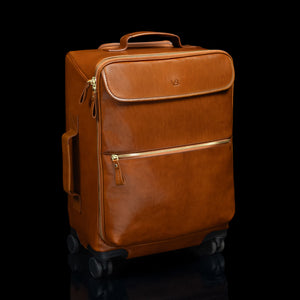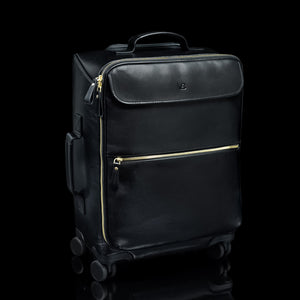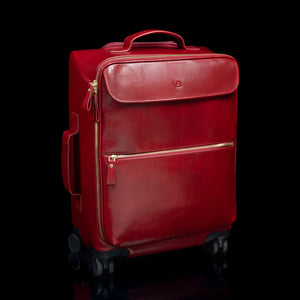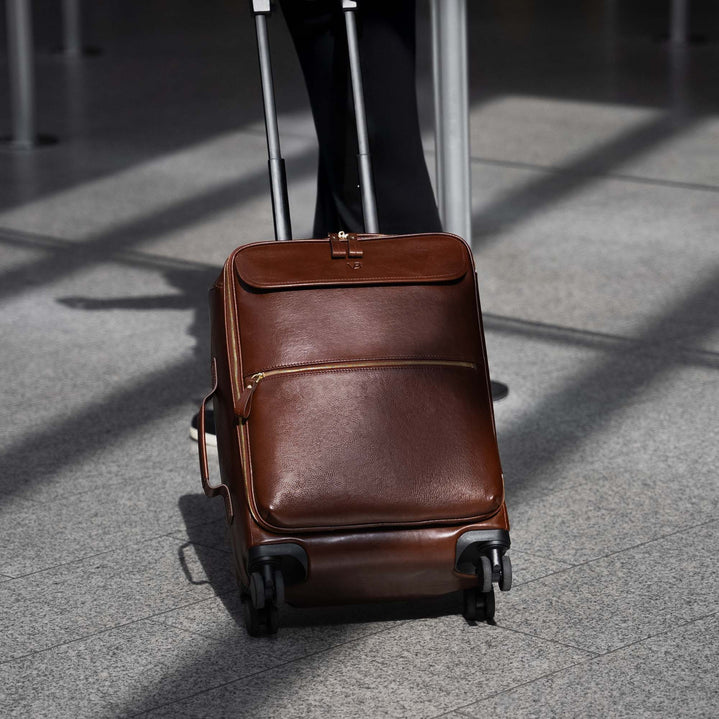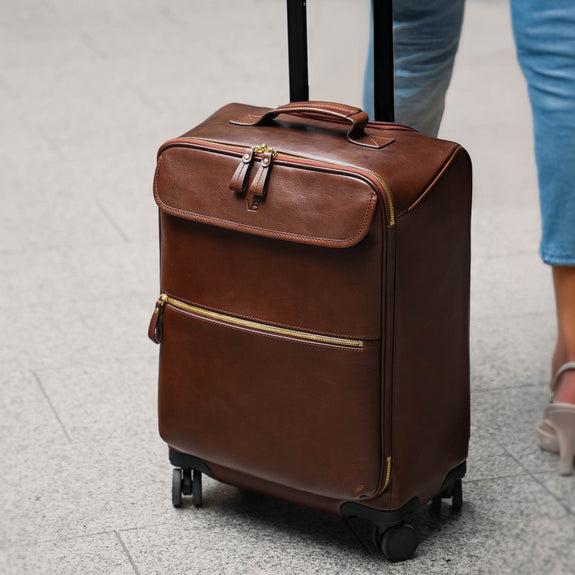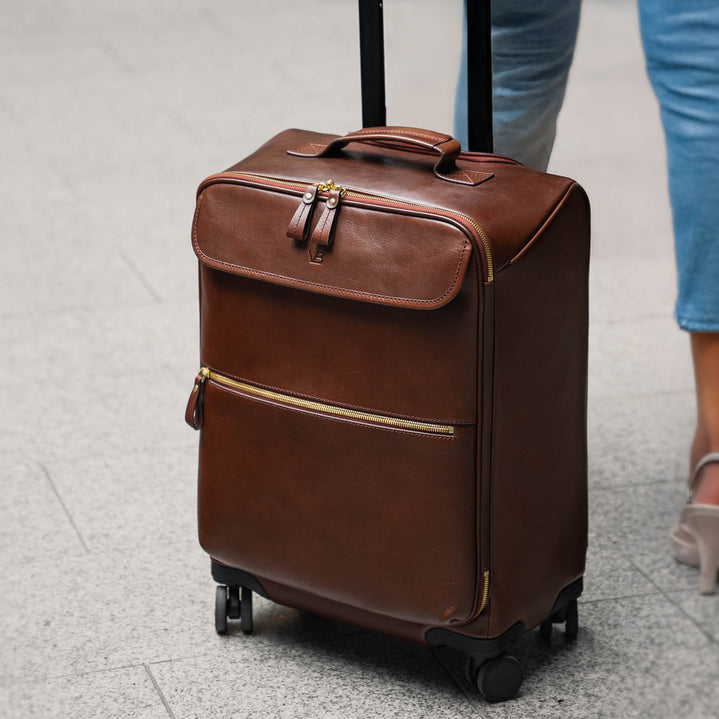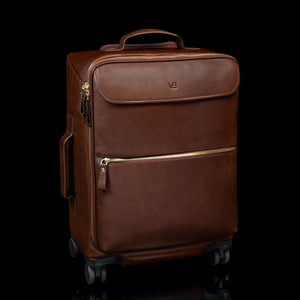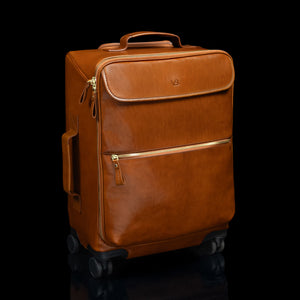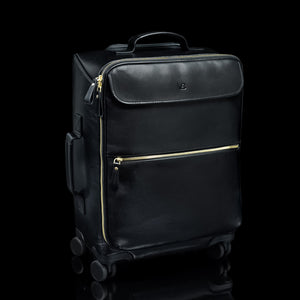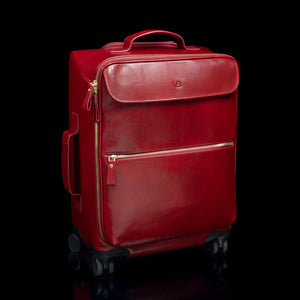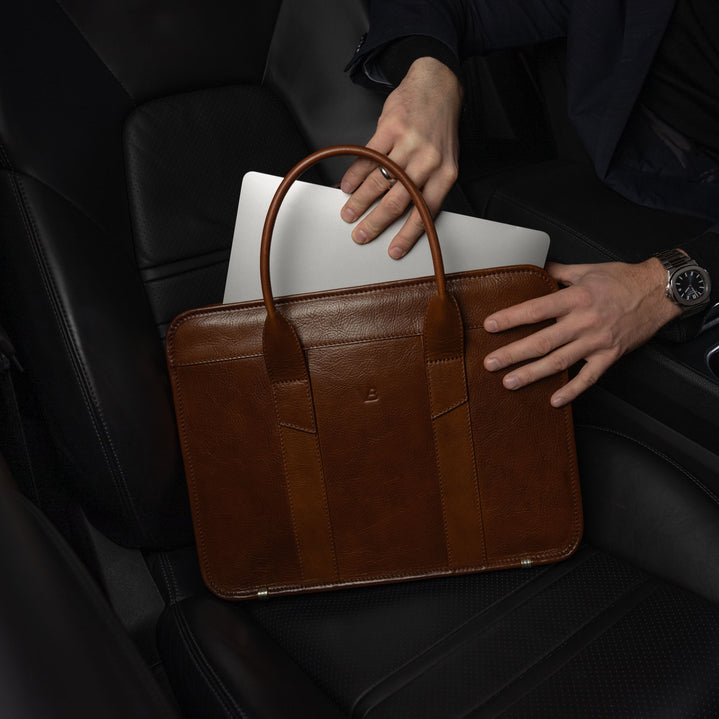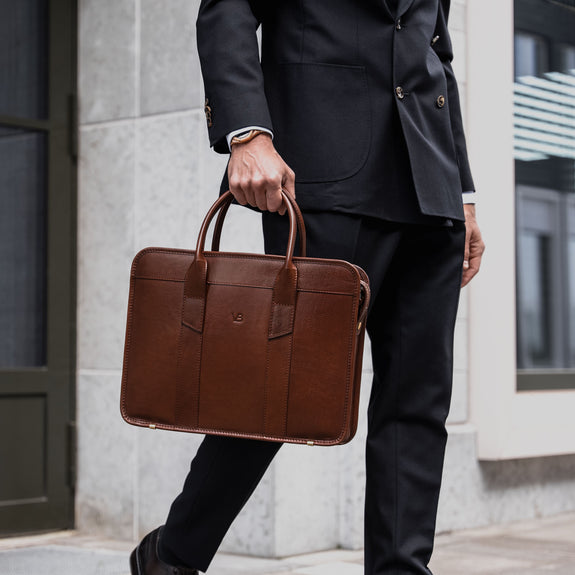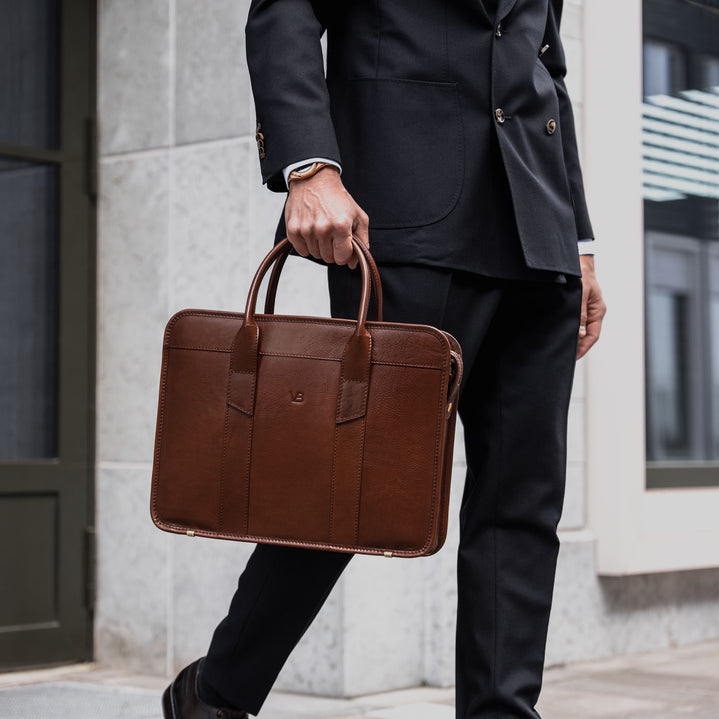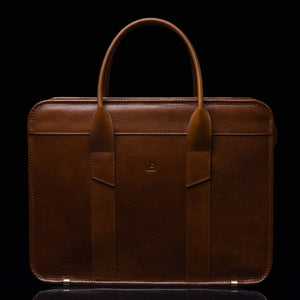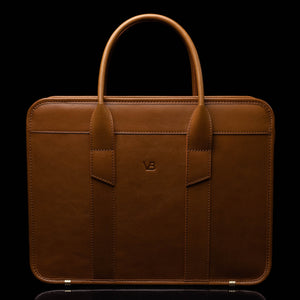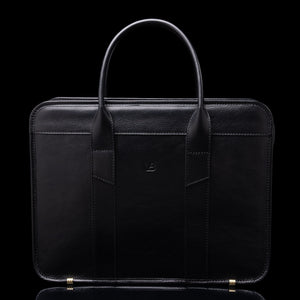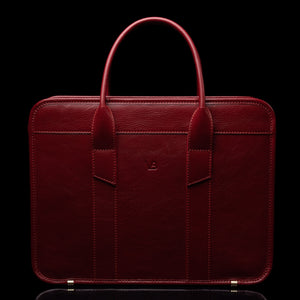Leather Laptop Bags for Traders
In a world where every tick, trade, and trend matters, your bag should match your mindset.
Our full-grain, vegetable-tanned Italian leather laptop bags are built for traders who live by performance - from the early market open to the late-night analysis.
Essential
Modern Briefcase
$1,495
Elegance
Leather Tote Bag
$995
Liberty
Men's Leather Backpack
$1,595
Liberty
Women's Leather Backpack
$1,595
City Large
Leather Laptop Bag
$1,595
City
Leather Laptop Bag
$1,595
City
Women's Laptop Bag
$1,595
10X
Leather Laptop Travel Bag
$1,695
10X
Women's Leather Laptop Travel Bag
$1,695
No.1
Men's Leather Briefcase
$1,795
No.2
Leather Messenger Briefcase
$1,595
Elegant
Slim Leather Laptop Bag
$1,495
Elegant
Women's Laptop Briefcase
$1,395
Voyager
Leather Carry-on Bag with Wheels
$1,995
Voyager
Leather Carry-on Bag with Wheels
$1,995
Exquisite
Slim Leather Laptop Briefcase
$1,395
AS FEATURED IN


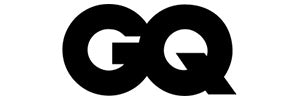

Why Choose Von Baer?

Expertly Handcrafted Leather Products

Full-Grain Vegetable-Tanned Italian Leather

Strong Hardware for a Lifetime of Use

Luxurious & Durable Cotton Lining

Personalize With Embossed Initials

Exquisitely Rich-Hued Leather for Refined Tastes
Buyer's Guide
1. Which leather source or tanning process best aligns with the precision and discipline I value in trading?

Okay, first thing - leather’s like markets.
It reacts. It breathes, it shifts, it responds to stress.
And that reaction depends entirely on how it’s been tanned.
Full-grain, top-grain - not just buzzwords, yeah? Structural stuff. Full-grain keeps the hide’s original fiber density, meaning those collagen strands stay intact - the microscopic weave that lets it compress and bounce back without cracking. So when your bag’s sitting near a warm desk lamp or getting hit with dry office air, it doesn’t bubble up or flake like the cheap ones.
Now, vegetable-tanned hides from Tuscany, they’re old-school - bark tannins, oak, chestnut, mimosa. The molecules go in slow, give the leather that solid hand feel, like it’s got muscle memory. Italians call it cuoio vero naturale. It’s stiff at first, yeah, but give it a few weeks - it starts to mold to you, your hand, your movement. It only creases where it should. That's why we use it here at Von Baer, full-grain vegetable-tanned Italian leather.
Then there’s chrome-tanned hides - fast, chemical, efficient. Chromium(III) sulfate does the work in days instead of weeks. Softer straight out of the box, lighter too. Easier on your shoulder if you’re moving through airports. Downside? That fiber matrix loosens up over years, so corners sag, bottom slouches - that slow decline you notice one morning and think, damn, it used to look sharper.
Try this trick: press your thumb into it. If the color deepens then slowly rebounds, it’s veg-tanned. If it’s slick and doesn’t change - chrome. Simple.
Here’s the ranking if you want to get nerdy about it:
-
Vegetable-tanned (Italy, Spain, France): authentic patina, takes longer to soften, lasts 20-30 years, thickness around 1.6-2.0 mm, density about 0.85 g/cm³.
-
Semi-aniline: thin coating, balanced look, better for humidity swings, 1.4-1.8 mm thick.
-
Full-chrome: light, quick to break in, but form starts collapsing after 5-7 years. Usually 1.2-1.4 mm thick.
It’s basically: do you want "always new" or "grows with you"?
Learn more about leather types here.
Once you start caring where the leather’s discipline comes from, you can’t unsee fake craftsmanship - that’s next.
2. How do I distinguish real European craftsmanship from "luxury-branded" mass production?

Here’s where it gets sneaky. You can’t spot true craftsmanship from a glossy website photo. You’ve got to feel it, smell it, poke around the corners.
A real Florentine workshop uses saddle stitching. Two needles, one hole, crossing threads - locks the seam in itself. That’s why when one thread breaks, the rest hold. Machine stitching? Unravels like a bad trade the second one fails. Count it out: 7-9 stitches per inch on 2 mm leather, 0.6-0.8 mm linen thread - the best are Fil Au Chinois or Meisi if you’re curious.
Edges - now this is fun - factories paint ‘em, real makers burnish ‘em. Waxed, heated by hand at about 65°C until it seals shut. That’s what gives that smooth, warm edge instead of the brittle painted ridge that chips. Hardware too - solid brass or sand-cast bronze darkens, gets character. Zinc alloy? Scratches to dull grey. Feels cheap.
Pop the thing open - check the inside seams. Clean tape wraps? Uniform stitch density? No plastic mesh backing hiding bad construction? You’re in good hands. Fiberboard lining = cheap filler. Solid leather panel = legit structure. The panel thickness shouldn’t vary more than ±0.2 mm if you’re measuring properly.
Basically, if they can’t tell you who touched your bag, it wasn’t made - it was fabricated.
Prefer a backpack? See this range.
We've got a more detailed article on the best bags for investment bankers here.
Once you know real hands made it, you start wondering how it’ll behave over time - next up, patina.
3. Will this laptop bag age and patina in a way that mirrors success-graceful, not worn out?

Patina’s like your P&L sheet - it shows your work. Except this one’s visible, tactile, honest.
Only full-grain or semi-aniline vegetable-tanned hides pull it off. Corrected-grain? Nah. Those are sanded, pigment-sprayed, too "perfect." They flake instead of maturing.
It goes in stages:
-
0-3 months: oxidation kicks in, matte surface darkens around handles and flap edges. On the CIE lightness scale that’s ΔL* ≈ -2.5.
-
4-12 months: oils migrate; you start seeing that boardroom polish sheen. Feels smoother, richer.
-
1-3 years: deep tone integration, those fine hairline cracks at stress points - not damage, just movement memory.
Maintenance? Get yourself some Von Baer leather conditioner. Beeswax-based, neutral. Twice a year, about 1-2 g per 100 cm². Skip silicone sprays; they choke the pores, kill the oxidation - basically patina suicide.
Do this: apply it, rub it with a soft cloth (this generates a little warmth), about 40°C surface temp melts wax into the grain. That’s the secret finish nobody tells you.
Skip it for too long and you’ll pay. Cracks creep through folds, fibers dry, and then you’re calling a restoration guy to rehydrate - $150-200 easy.
Keep up the care, and your bag’s gonna look like an heirloom, not hand-me-down.
Learn more about patina here.
Once you respect how it changes with time, you’ll care if it’s built to carry your tech without collapsing - let’s get into that.
4. Can a luxury laptop bag truly protect my tech gear without compromising refinement?

Yeah, you’d think a "nice" bag means "delicate." Nope. The good ones? They’re built like a saddle - engineered for tension, balance, and weight distribution.
A rigid-core brief has structure for a reason. It’s built with veg-tanned panels laminated to fiberboard or thermoplastic inserts, 1.5-2 mm thick on the base and walls. That stops "bottom sag." You know, that tired droop some bags get? Not happening here. Your MacBook or ThinkPad stays suspended, doesn’t knock the floor when you set it down.
If you’re running multiple devices - laptop, iPad, SSDs - look for soft cotton or microfleece linings with density 200-300 g/m². Keeps things cool, stops scuffs.
Quick rundown:
-
Structured form: upright, geometric, looks sharp. Ideal for meetings. Empty weight 1.6-2.4 kg.
-
Soft carryall: lighter (1.2-1.5 kg), collapses a bit. Needs a padded sleeve - at least 10 mm foam.
-
Hybrid messenger: good for movement. Just make sure strap D-rings are riveted leather gussets, not nylon loops. Strap width? Minimum 38 mm so your shoulder doesn’t hate you later.
Hardware talk:
-
Brass D-rings hold 150+ kg. You’ll never snap one.
-
Zinc alloy? 45-60 kg before failure. Cold weather makes it worse.
-
Zippers - YKK Excella (5 mm pitch) feels precise; Riri glides smoother because of polished teeth. Riri wins longevity - less oil needed.
Test this: zip it slow. Hear that faint click? That’s quality. If it hisses, it’s coated junk.
Also, dab a little clear wax on the teeth every quarter - stops moisture buildup.
This stuff’s structural integrity, plain and simple. Like asset diversification for your shoulder.
Work in a different industry? See our curated range for Private Equity, Investment Bankers, and Financial Advisors.
Now that the inside’s sorted, let’s talk about what people actually see when you walk into a room.
5. Is this bag design "quiet luxury" enough to signal authority without ostentation?

You know that thing when someone walks into a room and you notice the energy before the outfit? That’s what quiet luxury is doing. It’s balance, not branding.
Go for matte finishes with micro-wax sealing - they diffuse light, so under 5500K daylight or 2700K tungsten, it looks calm, not shiny. Espresso brown, obsidian black, oxblood red - timeless tones. Brushed brass or gunmetal hardware blends with an Omega Seamaster or IWC. Chrome? Too loud.
Specs worth noting:
-
Stitch count 7-9 per inch = balanced tension; 10+ per inch cuts the grain.
-
Edge curvature 3-5 mm radius keeps corners from cracking on compression.
-
Panel symmetry around 2.3:1 keeps it upright and visually even.
-
Handle drop height 10-12 cm clears wristwatches perfectly.
No center logos. Ever. Keep debossing tucked away inside or under the strap - depth ≤0.2 mm. Let people notice without realizing why.
That’s confidence. The same kind you have when you don’t explain a trade that worked - you just move on.
That's what we do here at Von Baer, quiet luxury bag designs for a very subtle flex.
After outer control, what’s left is inner alignment - the ethics and philosophy behind what you buy.
Worried about how it will look with your suit? We have a guide on that here.
How Is Von Baer Leather Different?
Not all leather is the same.
Since 2015, we at Von Baer have dedicated ourselves to high-quality real leather.
Here's a 30-second summary of how to choose a better leather product:
- Leather comes in different grades: full-grain, top-grain, and split/bonded - which represent how much of the original product is used (less product used = cheaper).
- Full-grain is the best grade of leather you can buy: exceptionally durable, developing an elegant patina, and having that beautiful real leather smell.
- Cheaper grades are less durable, age poorly, and don't have that authentic scent.
- Leather is processed through "tanning", which makes it durable and water-resistant.
- The two main methods for this are "vegetable-tanning" and "chrome-tanning".
- Chrome tanning uses harsh chemicals that are bad for the environment and produce a worse quality leather.
- Vegetable tanning is the best method, being more eco-friendly, and producing leather with a better patina and scent.
That's why here at Von Baer, we only use full-grain vegetable-tanned Italian leather, sourced from the finest tanneries across Tuscany, Italy.
It ages beautifully over time, developing a unique patina, making it more durable and luxurious than lower-quality leather.
It's also why we developed the leather standards trademark Cuoio Superiore (meaning "superior leather" in Italian).
Learn more about Von Baer here.

